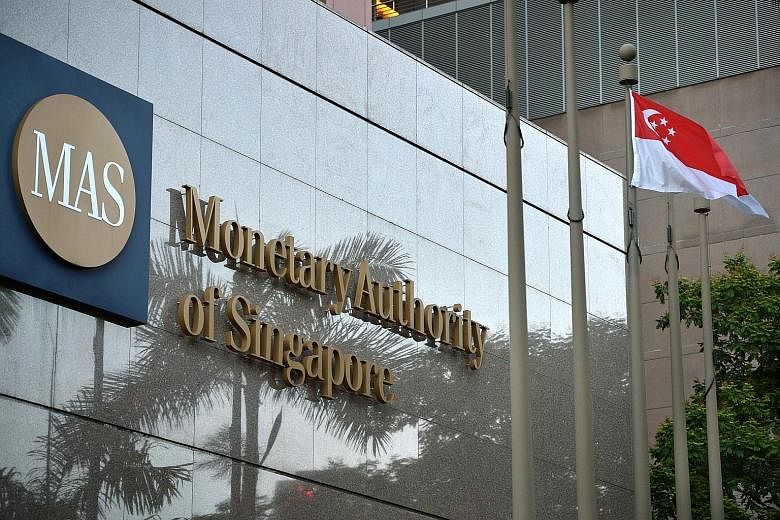Short-term interest rates have hit a seven-year high as investors brace themselves for the first rate hike in the United States in nearly a decade.
The three-month Singapore interbank offered rate (Sibor), which is used to set mortgage rates, rose from 1.07483 per cent on Thursday to 1.131 per cent yesterday - its highest level since late 2008.
It is up 5.3 per cent from a week ago and has skyrocketed 147 per cent since Jan 2.
The three-month swap offer rate (SOR), which prices commercial loans, was quoted at 1.561 per cent yesterday, a rate last seen in late 2008. The rate is up 108 per cent since Jan 2.
The Singdollar recovered to 1.4071 against the greenback yesterday from 1.4277 on Sept 7, its lowest level since September 2009.
Mizuho Bank, in a note yesterday, said the ruling People's Action Party's "improved score (in the general election) highlights policy continuity and political capital, which is Singdollar-positive".
Ms Selena Ling, head of treasury research and strategy at OCBC Bank, said Sibor is up in anticipation of the US Federal Reserve lifting rates, a move that could come on Friday.
She had earlier forecast that three-month Sibor could hit 1.1 per cent while SOR may reach 1.45 per cent. But now she believes 1.3 per cent and 1.6 per cent are the highest Sibor and SOR may reach in the near term, especially in the run-up to the Monetary Authority of Singapore's monetary policy review in October.
Mr Victor Yong, rates strategist at UOB, said that the rise of Sibor in recent months is "a lagged reflection of SOR movements".
"In the near term, SOR is likely to be volatile from day to day as it faces near-term event risks such as the (US Fed) meeting this week (and) the MAS meeting in October. It is also affected by the fragility of emerging markets," Mr Yong said.
"In the medium term, the overall trajectory for SOR remains upward, but... we may see a short- term correction and consolidation," he added.
Mr Nick Kounis of ABN Amro said that on Friday, apart from the actual rate decision, the US Fed's communication on the future path of interest rates is crucial.
"Our sense is that the Fed will continue to signal that it will raise interest rates this year and then at a very slow pace thereafter," Mr Kounis said, adding that the first rise will not come until December.
"After a December move, we expect to see four interest rate hikes next year, which means a move every other FOMC meeting," he added.
Apart from interest rates, the Singapore dollar could be affected by the increasing risk of the Republic slipping into a technical recession, which could prompt the central bank to ease its stance of a modest and gradual appreciation of the currency at its meeting in October.
Expectations of a lower Singapore dollar can put upward pressure on local interest rates as investors seek higher yields as compensation for holding the weakening currency.
Ms Lee Wen Ching, Singapore equities strategist at UBS Wealth Management, expects the three-month Sibor to rise to 1.8 per cent over the next six months, and to 2.4 per cent over 12 months.


